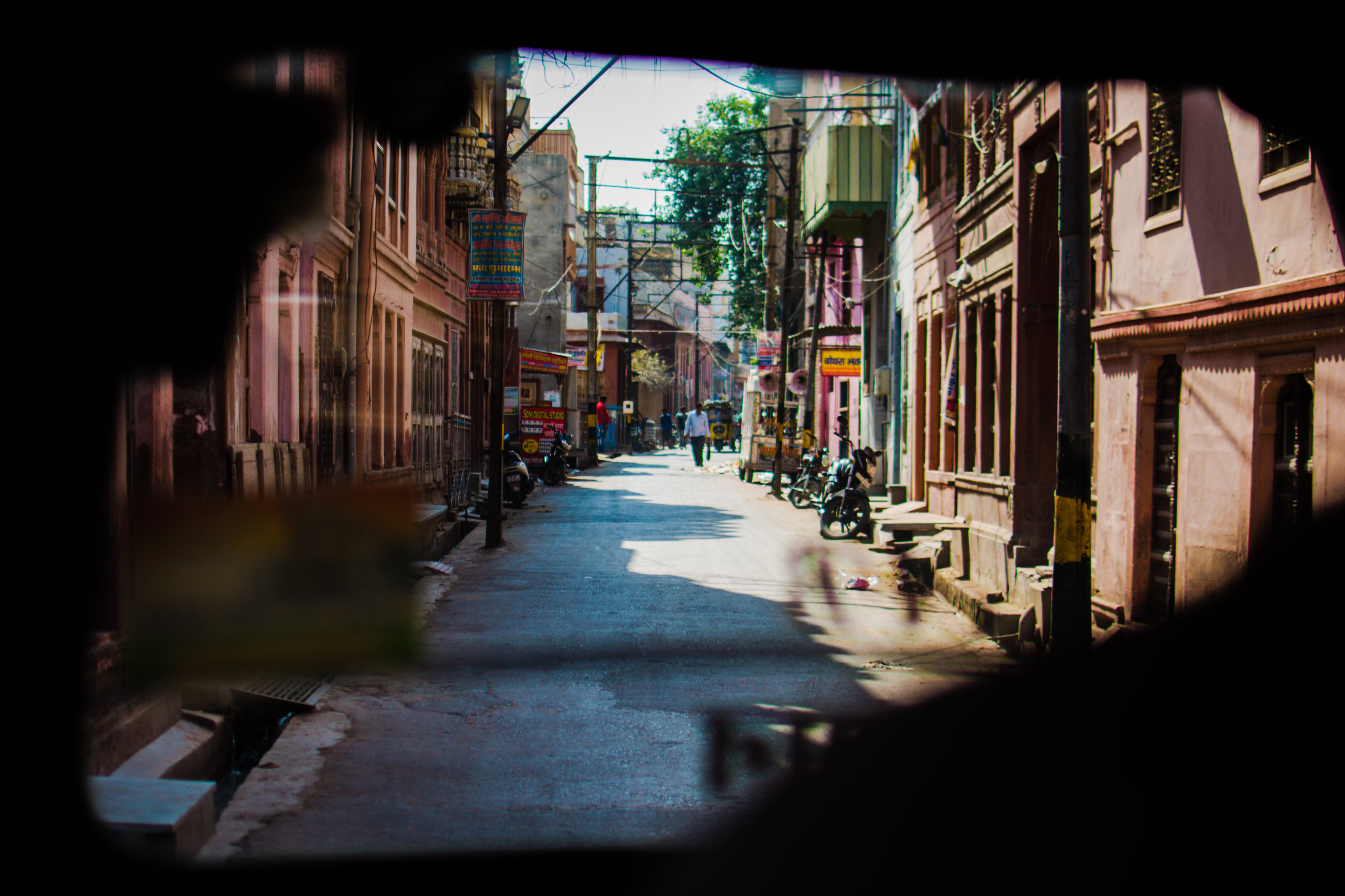As the results paint a complex picture, it becomes imperative to delve into Telangana's unique electoral dynamics, shaped by demographics, historical context, and the evolving narrative of the polls.
In the initial stages, the Chhattisgarh election favoured Congress; however, a dramatic turn has taken place, with the BJP making a significant comeback. From trailing in over 25 seats, the BJP now leads in 20, hinting at a potential shift in power dynamics. Notable figures like Chief Minister Bhupesh Baghel, ex-Chief Minister Raman Singh, Deputy Chief Minister TS Singh Deo, and BJP's Vijay Baghel have added intensity to this electoral contest.
Chhattisgarh boasts a substantial voter base of 19.7 million, encompassing a diverse electorate of 9.85 million women, 9.82 million men, and 762 transgender individuals. Noteworthy features include 443,000 first-time voters, 2,948 centenarians, 147,000 persons with disabilities, and 202,000 individuals above the age of 80. Furthermore, the state hosts 19,854 service voters from the armed forces, underlining its commitment to democratic representation.
The state's political dynamics trace back to its formation in 2000, carved out of Madhya Pradesh. Initially reserving 34 assembly seats for tribals, later revised to 29, Chhattisgarh's political trajectory has been shaped by the intricate interplay between power and representation. The Congress's return to power in 2018 marked a pivotal moment after a 15-year hiatus.
The youth demographic, constituting 46 lakh eligible voters aged 18 to 26, emerges as a central theme in Chhattisgarh's political discourse. Leaders like Rahul Gandhi actively engage with the younger generation, as seen in initiatives like the 'Rajiv Yuva Mitan Sammelan' in Raipur. AAP's 25-year-old candidate, Prakhar Pratap Singh, symbolizes the growing influence of the youth in shaping the state's political dynamics.
An analysis of NOTA vote share in past Assembly elections indicates higher prevalence in areas affected by Left-Wing Extremism (LWE), a persistent concern in Chhattisgarh. However, a comparison of NOTA vote share in the 2023 elections with the 2018 results suggests a considerable reduction in Naxal influence on voting patterns, reflecting shifting dynamics and possibly improved governance in historically impacted regions.
As Chhattisgarh navigates its democratic process, the state's diverse demographics, historical backdrop, and unfolding political narrative create a mosaic of complexities. The increasing influence of the youth, the historical context of tribal representation, and evolving dynamics in NOTA and LWE all contribute to the state's unique electoral landscape. The 2023 elections, marked by unexpected twists, stand as a testament to the ever-changing nature of Indian politics, where outcomes are shaped by the intricate interplay of demographics, historical legacies, and contemporary political manoeuvres.
On another note, the Chattisgarh Assembly boasts an average MLA age of 52, with 90% male and 10% female representation. Amidst this, let's drumroll for the youngest MLAs in the assembly. The 30-year-old Kavita Pran Lahare from the INC claims the title of the youngest MLA, closely followed by Ram Kumar Toppo and Laxmi Rajwade, both 31 years old and representing the BJP. The major issues revolving around education, welfare schemes, employment, and transportation have set the stage for what promises to be an intriguing next chapter in Chhattisgarh's political journey.




 (15).png)